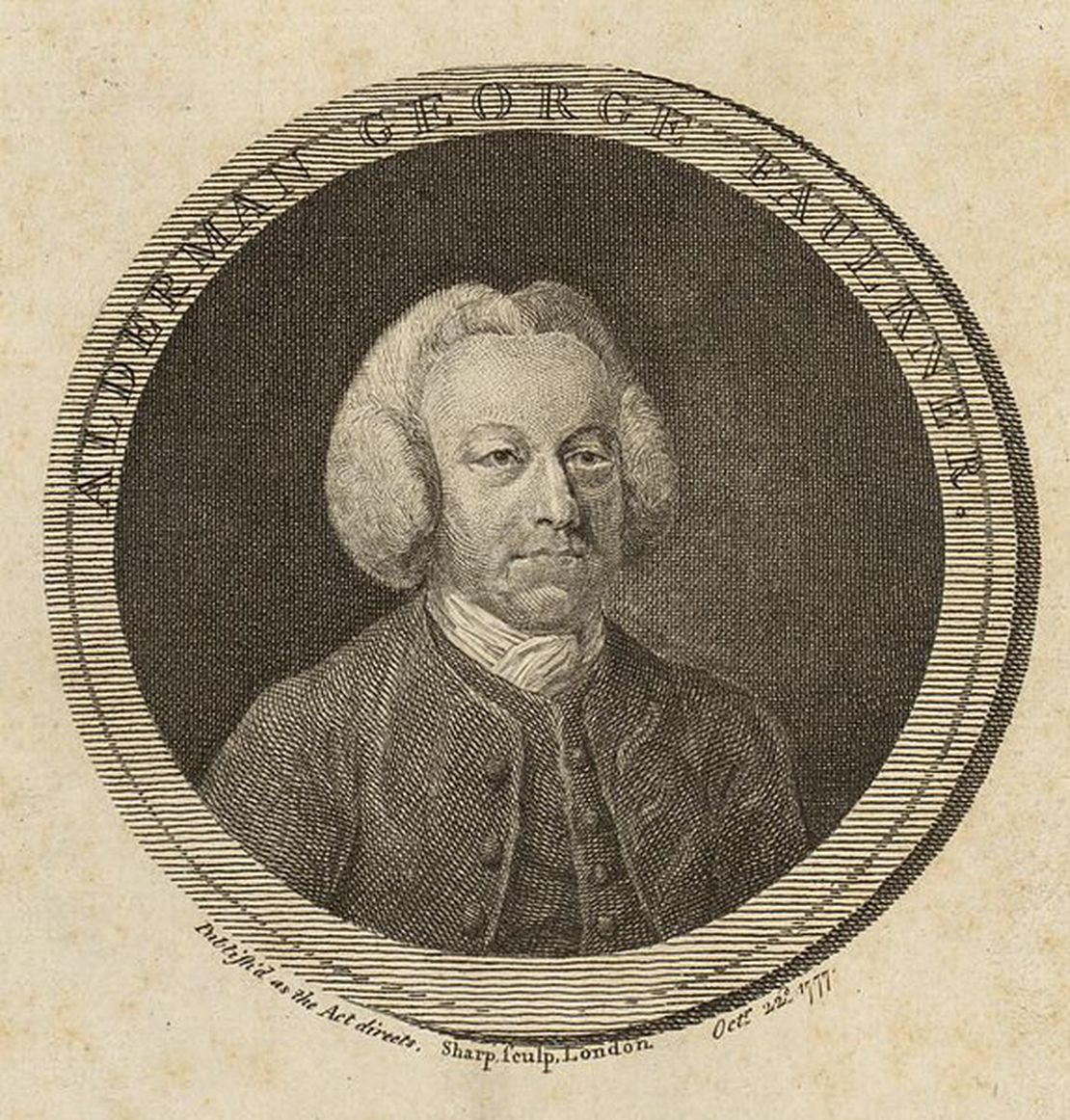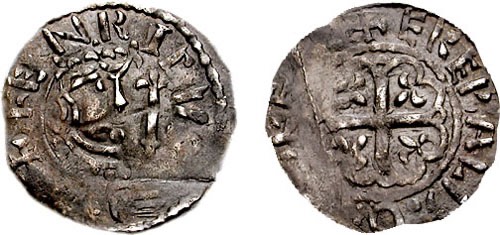
- March 27, 1725
George Faulkner (c. 1703 – 30 August 1775) was one of the most important Irish publishers and booksellers. He forged a publishing relationship with Jonathan Swift and parlayed that fame into an extensive trade. He was also deeply involved with the argument over copyright infringement and piracy, both creating and fighting “Irish editions”.
Faulkner’s year of birth, which is not certain, was probably 1703; his place of birth is unknown. He served his apprenticeship from 1717 to 1724 in Dublin, later setting up his own business. In the 1720s, while travelling frequently to London, he became a friend of the London printer, William Bowyer. In 1730, he suffered gangrene in one leg and had to have it amputated. It is known that he had a wife, the widow, Mary Taylor.
The first issue of “Faulkner’s Dublin Journal” was published on March 27, 1725. Founded by George Faulkner, a prominent Dublin printer, publisher, and bookseller, the newspaper quickly established itself as one of the leading publications in Ireland during the 18th century.
“Faulkner’s Dublin Journal” was published twice a week and became known for its wide range of content, including news, announcements, advertisements, and even poetry. It served as a key source of information for the people of Dublin and beyond, offering insights into the social, political, and economic life of the time.
George Faulkner was a notable figure in Dublin’s literary and publishing scene. He is also remembered for his association with some of the leading literary figures of the day, most famously Jonathan Swift, author of “Gulliver’s Travels.” Faulkner published several of Swift’s works, and their relationship helped elevate the status of “Faulkner’s Dublin Journal” among the educated and elite readers of the period.
The newspaper continued publication under the Faulkner name until 1825, marking a century of influence on Irish public life and discourse. Throughout its existence, “Faulkner’s Dublin Journal” chronicled the significant events of the era, including the complexities of Irish politics, the effects of the Acts of Union in 1800, and the various uprisings and social changes that occurred throughout its publication history.
 ← Last claimant to the Stuart throne, Henry I of Scotland (Henry IX of England), born
← Last claimant to the Stuart throne, Henry I of Scotland (Henry IX of England), born Abraham Shackleton, a Quaker, opens a school at Ballitore, Co. Kildare. Edmund Burke will later be a pupil →
Abraham Shackleton, a Quaker, opens a school at Ballitore, Co. Kildare. Edmund Burke will later be a pupil →